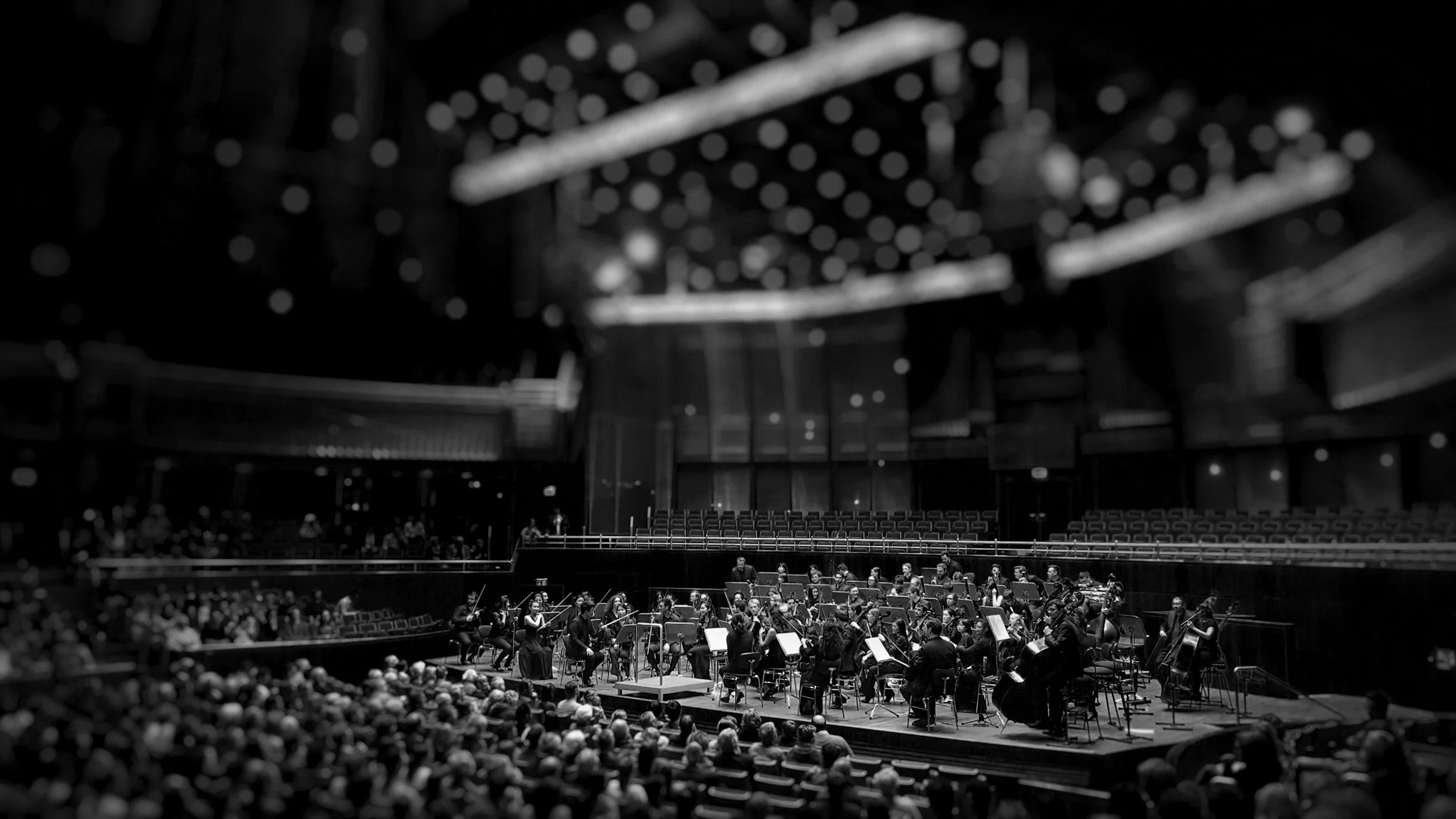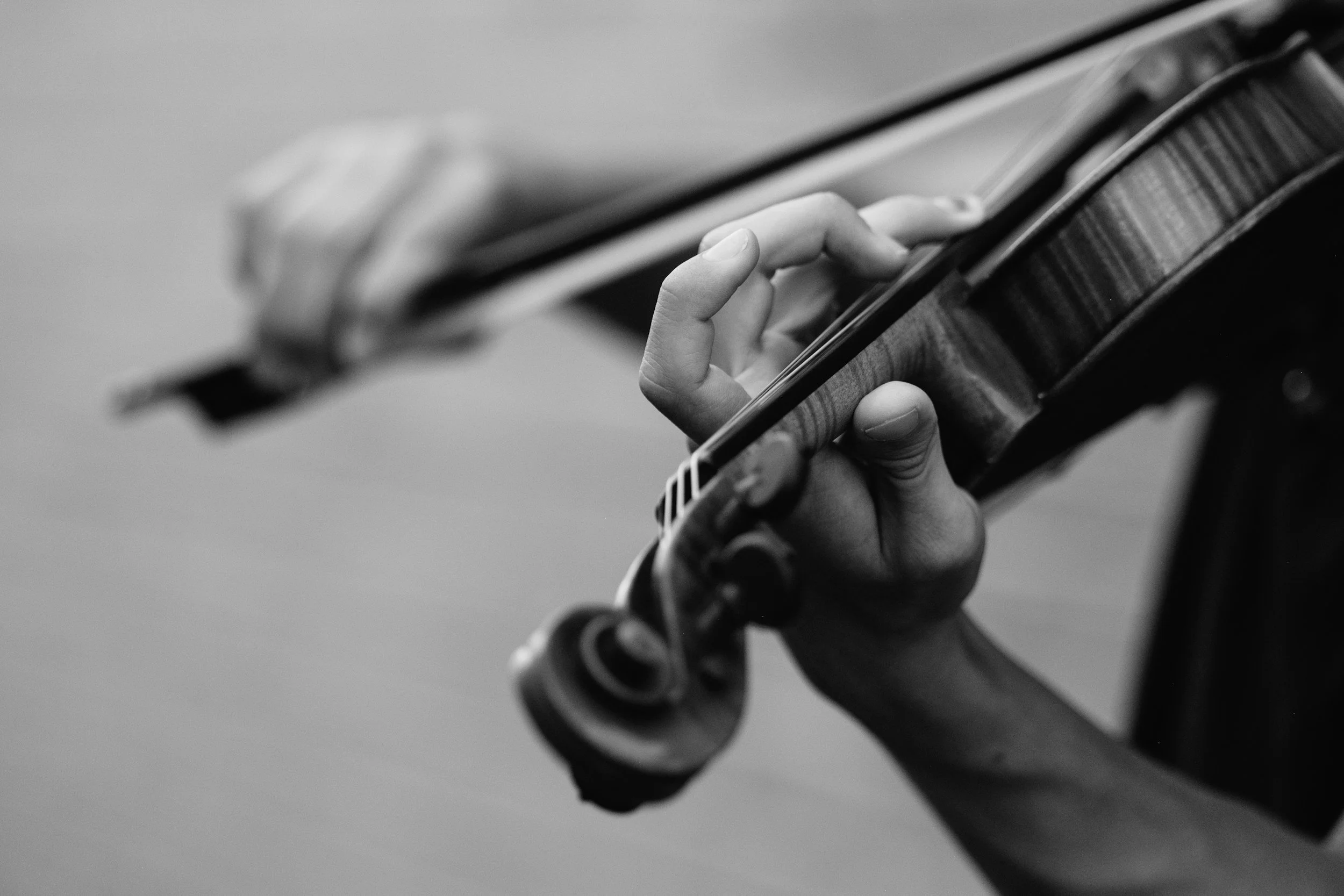The Music of Design: What Musicians Can Teach Us About Craft
I spent the first half of my career as a professional musician. I went to music conservatory, and performed across the globe in some incredible halls with amazing musicians. That experience shaped who I am, how I think, and how I learn.
Maybe I’m biased, but I’ve always believed that being a trained musician prepares you uniquely for a career in design. At first glance, the disciplines may seem unrelated. Music deals in making art through sound, and design in form and function. Both demand a balance of technique, interpretation, and a deep understanding of humans.
Craft Over Tools
In design, two people can start with the same set of boxes, circles, and text. One creates something beautiful, useful, and delightful, while the other produces something forgettable. The difference isn’t the tools, it’s the craft.
Music works the same way. Two pianists can sit down at the same instrument, playing the same piece written 150 years ago. One performance moves an audience to tears, while the other is technically accurate, not missing a single note, yet it leaves minds wandering, and the audience reaching for their phones. The distinction lies not in technical accuracy, but in artistry and human connection.
Interpretation and Human Connection
Designers interpret needs and possibilities, finding solutions to problems people might not have even knew they had. Musicians interpret notes on a page, turning little black dots into art. A great designer doesn’t simply “place elements on a screen,” just as a great musician doesn’t merely “play the notes.” They bring empathy, intention, and personality. They shape raw material into an experience that connects with people.
This is why design without empathy feels empty, and why music without interpretation feels mechanical. Both require a clear vision of what the desired outcome is, and the technical facility to bring that vision to life, wither on a screen or in sound.
Practice and Mastery
Musicians spend countless hours practicing scales, etudes, excerpts and repertoire, not because they want to be perfect machines, but because technical fluency frees them to create expressively. You cannot consistently make art if you are mired in the minutiae of just playing the right notes.
Designers do the same. We sketch, wireframe, and prototype, sometimes on paper, sometimes with digital tools, not because pixels are the goal, but because mastery of the basics gives us freedom to create bold ideas. This commitment to craft is what enables creativity to flourish.
Closing the Loop
At their best, both music and design transform technical skill into experiences that evoke emotion. Both invite us to notice details others miss, to balance discipline with imagination, and to remember that beauty and function come alive only through carefully honed interpretation.
So, maybe the next time we look at a “perfectly functional” design that somehow falls flat, we should think about the difference between playing the notes and making music.


